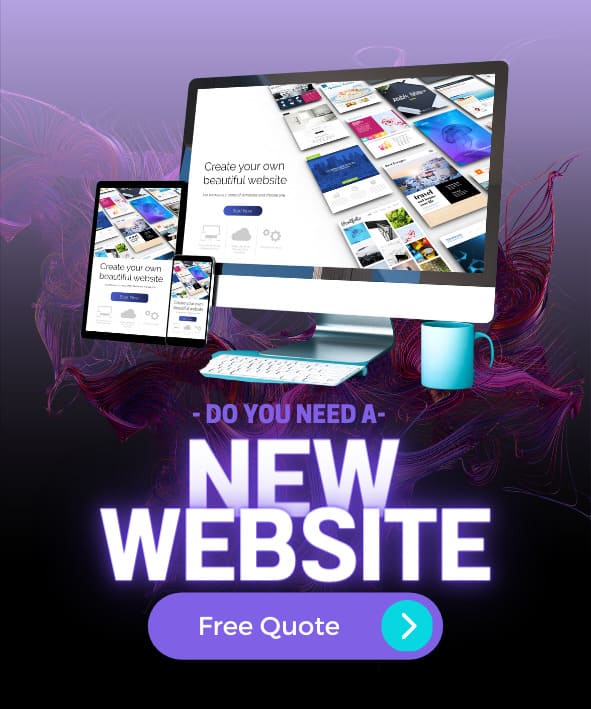Optimizing your landing pages is crucial for
maximizing conversions and achieving your marketing goals. Here are seven best
practices to ensure your landing pages are effective and convert visitors into leads
or customers:
1. Craft a Compelling Headline
Grab Attention:
- Clear and Concise: Your headline should clearly
communicate the main benefit or value proposition of your offer.
- Engaging: Make it compelling enough to
capture the visitor’s attention immediately.
Example: “Unlock
Your Potential: Download Our Free Productivity Guide Today!”
2. Focus on a Single Call to Action (CTA)
Clear and
Direct:
- Single Objective: Focus on one primary call to
action to avoid confusing visitors. Whether it’s downloading a guide,
signing up for a webinar, or making a purchase, make sure the CTA is clear
and direct.
- Prominent Placement: Place the CTA button in
a prominent location and use contrasting colors to make it stand out.
Example: A bright,
centrally placed button with the text “Get Started Now” can drive users to take
the desired action.
3. Optimize Your Form
Minimal Fields:
- Essential Information Only: Keep
form fields to a minimum, asking only for essential information to reduce
friction and increase form completions.
- User-Friendly Design: Ensure the form is easy
to fill out and mobile-friendly.
Example: For an
email sign-up form, ask for just the name and email address rather than
additional, unnecessary information.
4. Use High-Quality Visuals
Relevant and Professional:
- Engaging Images and Videos: Use
high-quality images and videos that are relevant to your offer. Visual
content can help convey your message more effectively and engage visitors.
- Supportive Visuals: Ensure visuals support
and enhance the content rather than distract from it.
Example: A product
landing page could feature a short video demonstrating the product in action,
highlighting its key features and benefits.
5. Incorporate Social Proof
Build Trust:
- Testimonials and Reviews:
Include testimonials from satisfied customers and client reviews to build
credibility and trust.
- Case Studies and Endorsements: Share
case studies or endorsements from well-known figures or organizations in
your industry.
Example: “Jane
Smith: ‘This software transformed my business efficiency by 50% within three
months!’”
6. Ensure Fast Loading Times
Optimize Performance:
- Speed Matters: A fast-loading landing page is
crucial for retaining visitors. Slow pages can lead to high bounce rates.
- Optimized Elements: Compress images,
minimize code, and leverage browser caching to improve load times.
Example: Use tools
like Google PageSpeed Insights to identify and fix performance issues, ensuring
your page loads quickly.
7. Conduct A/B Testing
Continuous Improvement:
- Test Variations: Run A/B tests on different
elements of your landing page, such as headlines, images, copy, and CTAs,
to see what works best.
- Data-Driven Decisions: Use the results from
A/B tests to make informed decisions and optimize your page for higher
conversions.
Example: Test two
versions of your CTA button text, such as “Download Now” versus “Get Your Free
Guide,” to determine which one converts better.
Conclusion
By following these best practices, you can optimize
your landing pages to maximize conversions and achieve your marketing goals.
Craft compelling headlines, focus on a single CTA, optimize your forms, use
high-quality visuals, incorporate social proof, ensure fast loading times, and
conduct A/B testing. Implementing these strategies will help you create
effective landing pages that convert visitors into leads or customers, driving
the success of your marketing efforts.












